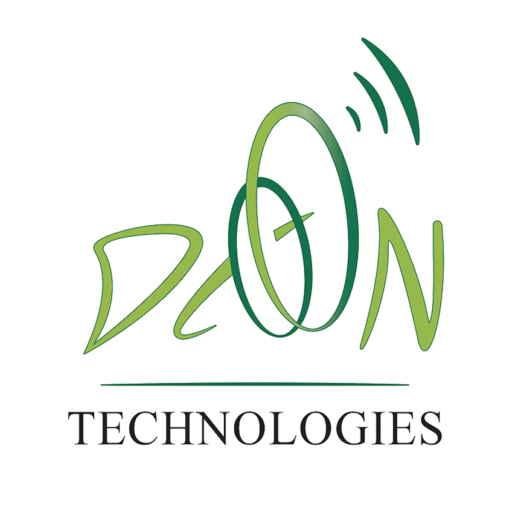Electron devices
Electron devices, also known as electronic devices, are devices that control the flow of electrons or electric current to perform specific functions. These devices utilize the principles of electronics and are crucial components of modern technology. Here are some key points about electron devices:
-
Transistors: Transistors are fundamental electron devices used for amplifying or switching electronic signals. They are made from semiconductor materials such as silicon or germanium. Transistors form the basis of digital electronics and are found in a wide range of devices, including computers, mobile phones, televisions, and audio amplifiers.
-
Diodes: Diodes are electron devices that allow current to flow in one direction while blocking it in the opposite direction. They are constructed using semiconductor materials and are commonly used in rectifiers, which convert alternating current (AC) to direct current (DC). Diodes also play a vital role in voltage regulation and signal modulation.
-
Integrated Circuits (ICs): Integrated circuits are miniaturized electronic circuits that incorporate numerous electron devices, such as transistors, diodes, and resistors, on a single semiconductor chip. ICs revolutionized the electronics industry by enabling compact, reliable, and powerful electronic systems. They are extensively used in computers, consumer electronics, telecommunications, and various other applications.
-
Vacuum Tubes: While vacuum tubes have been largely replaced by solid-state devices like transistors, they played a significant role in early electronics. Vacuum tubes are electron devices that control the flow of electrons through a vacuum. Examples of vacuum tubes include triodes, tetrodes, and pentodes. They were used in early computers, televisions, and amplifiers.
-
Optoelectronic Devices: Optoelectronic devices are electron devices that interact with light or electromagnetic radiation. Light-emitting diodes (LEDs) are commonly used optoelectronic devices that emit light when an electric current is applied. Photodiodes and phototransistors are used to detect light and convert it into an electric current. Optoelectronic devices find applications in displays, optical communication, sensors, and more.
-
Sensors: Sensors are electron devices that detect and measure physical quantities such as temperature, pressure, light, motion, and proximity. They convert the detected physical quantity into an electrical signal that can be processed or used for control purposes. Sensors are essential in various fields, including automotive, industrial automation, environmental monitoring, and healthcare.
These are just a few examples of electron devices. The field of electronics is vast and encompasses a wide range of devices, each designed for specific purposes. The ongoing advancements in electron devices continue to drive innovation and shape the technologies we use in our daily lives.
